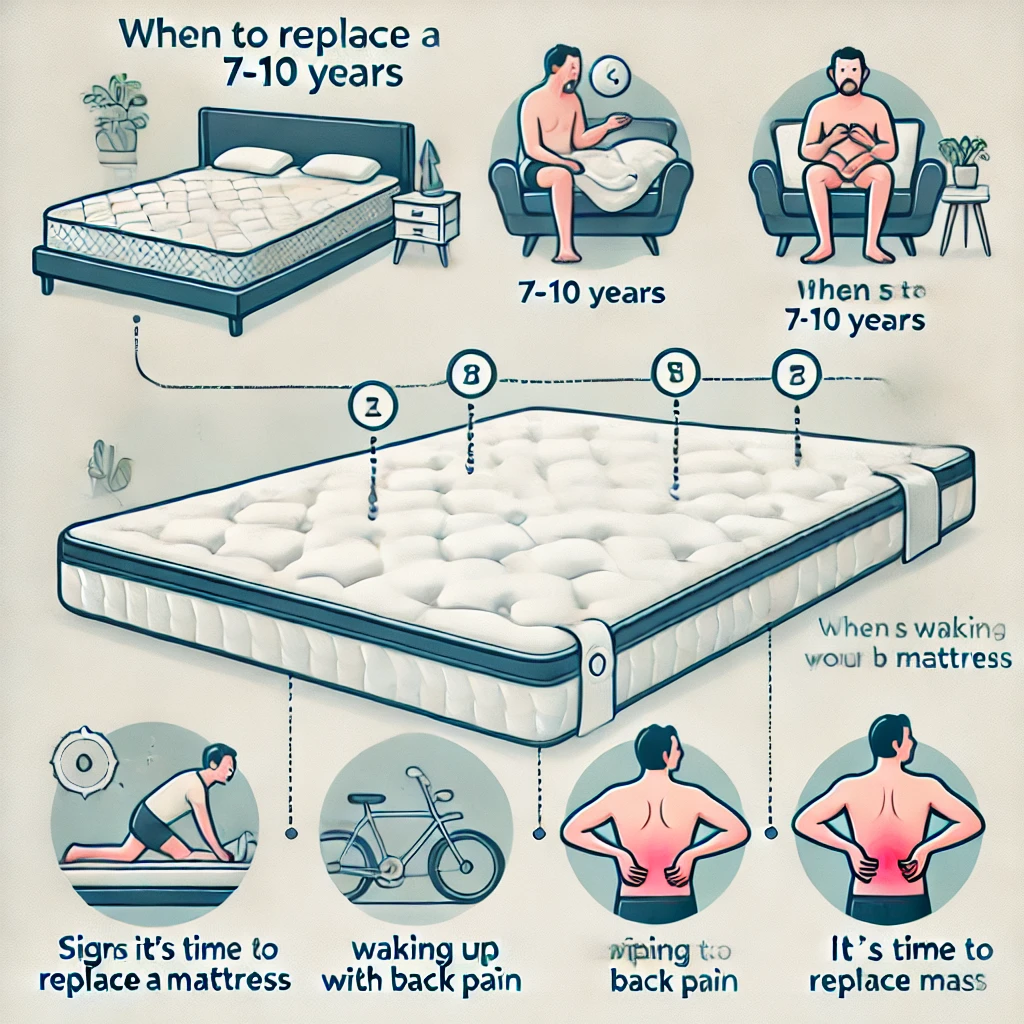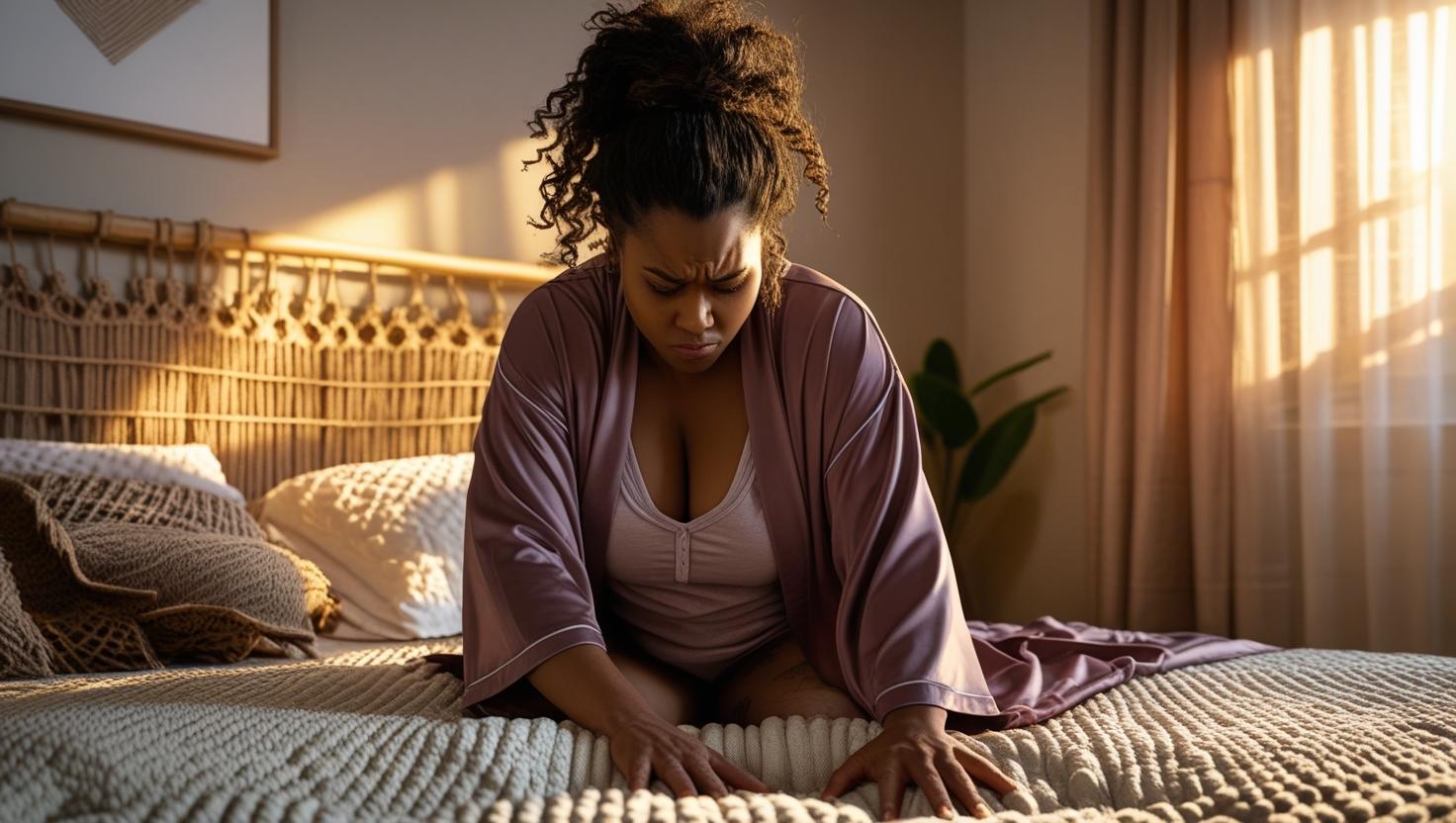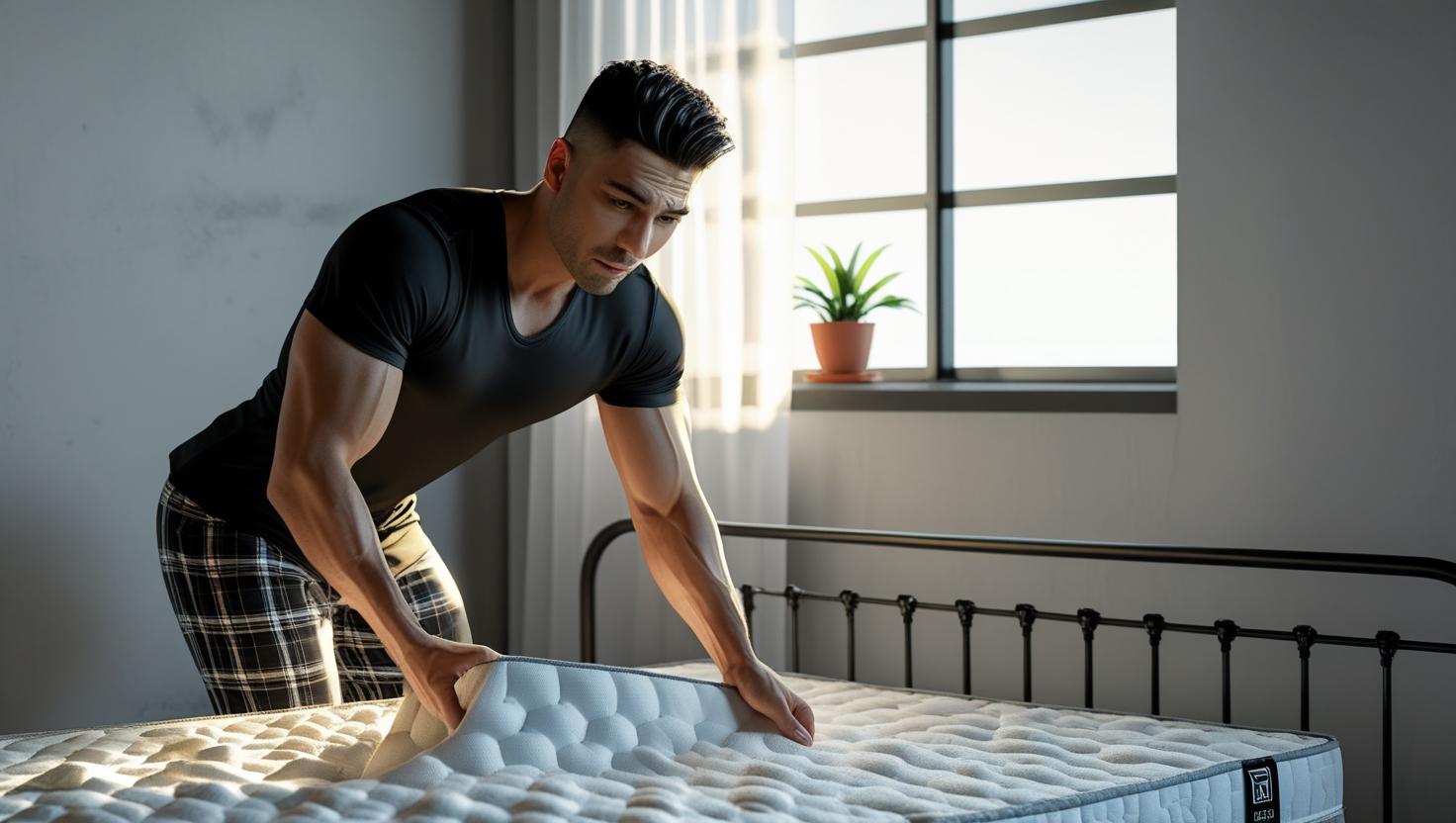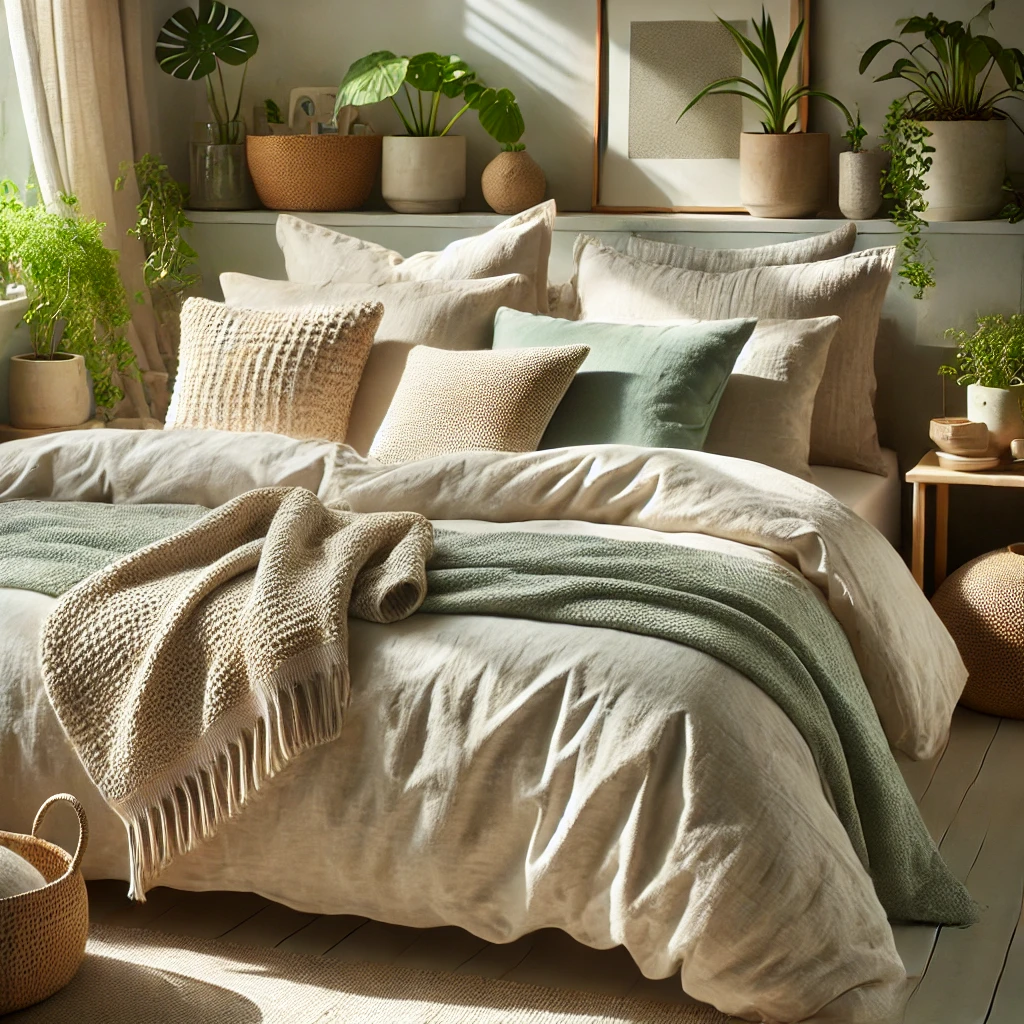King Canopy Bed Grand Elegance
A King Canopy Bed Grand Elegance is more than a luxurious piece of furniture—it’s a statement of comfort and sophistication that transforms any bedroom into a sanctuary. Updated 2025 with fresh sleep insights, this guide explores its design appeal, versatility, and simple ways to create your perfect retreat.
For even more design strategies, see our feng shui bedroom tips.
Key Takeaways
- King Canopy Bed Grand Elegance offers spacious comfort with a stylish canopy structure.
- Enhances bedroom design with wood, metal, or upholstered frames.
- Customization options include fabrics, lighting, and luxury bedding.
- Creates a cozy retreat ideal for relaxation and restful sleep.
- Easy to maintain with straightforward cleaning and care practices.
Luxurious Sleeping Experience
The spaciousness of a King Canopy Bed Grand Elegance provides unmatched comfort, perfect for couples or anyone who loves extra room. Draped fabrics add intimacy and a cocoon-like sense of safety. According to the
National Sleep Foundation, optimizing your bedroom environment can meaningfully improve sleep quality.

Stunning Aesthetic Appeal
The visual charm of a King Canopy Bed Grand Elegance makes it the centerpiece of any bedroom. Consider these frame styles:
- Wooden Frames: Warm, timeless elegance for traditional interiors.
- Metal Frames: Sleek and modern, similar to unique canopy bed designs.
- Upholstered Frames: Plush comfort with a luxurious finish.

Versatile Design Options
There’s a King Canopy Bed Grand Elegance style for every taste, whether you prefer modern simplicity or classic detail:
- Modern Designs: Minimalist lines and open structures that feel airy.
- Traditional Canopies: Rich finishes with ornate details for timeless appeal.
- Upholstered Styles: Soft, cushioned panels that elevate comfort.
Customization and Accessories
Personalize your King Canopy Bed Grand Elegance with thoughtful additions:
- Canopy Curtains: Light linens for breeziness or velvet for dramatic flair.
- Luxury Bedding: Explore our complete bedding guide for breathable, soft fabrics.
- Ambient Lighting: Subtle fixtures above or around the canopy create a calming retreat.
- Look for Certifications: When upgrading a mattress or topper, consider GOTS/GREENGUARD standards; see Happsy’s certifications overview for what these labels mean.
Creating a Cozy Retreat
More than a design piece, a King Canopy Bed Grand Elegance provides a retreat-like atmosphere. Pair it with neutral tones, calming textures, and minimal distractions. The
American Academy of Sleep Medicine emphasizes a cool, quiet, and comfortable bedroom to support healthy sleep.
Maintenance Tips
Preserve the beauty and strength of your King Canopy Bed Grand Elegance with these steps:
- Regular Cleaning: Dust frames and wash fabrics bi-weekly.
- Spot Treatments: Use fabric-safe cleaners for stains right away.
- Stability Checks: Tighten screws and inspect joints quarterly.
FAQ
Is a King Canopy Bed Grand Elegance suitable for small bedrooms?
Yes—if the room has higher ceilings and you choose a slim-frame design. See our small bedroom ideas for space-smart tips.
What type of mattress works best?
A king-size memory foam or hybrid mattress offers excellent support and pressure relief under a canopy frame.
Can I DIY canopy curtains?
Absolutely. Lightweight fabrics like muslin or voile are easy to hem and hang for a breezy, budget-friendly look.
Conclusion
A King Canopy Bed Grand Elegance is the epitome of style, comfort, and serenity. Whether with light linens, rich fabrics, or modern finishes, this bed transforms your space into a luxurious retreat. For more design inspiration, visit Cozy Bed Quarters and bring elegance into your bedroom.
Related reading from Cozy Bed Quarters
Other reading we found popular
- Architectural Digest: Duvet vs. Comforter
- Sleep Foundation: Ideal Bedroom Environment
- Apartment Therapy: Bedroom Styling Trends 2025
- EachNight: Best Luxury Bedding













